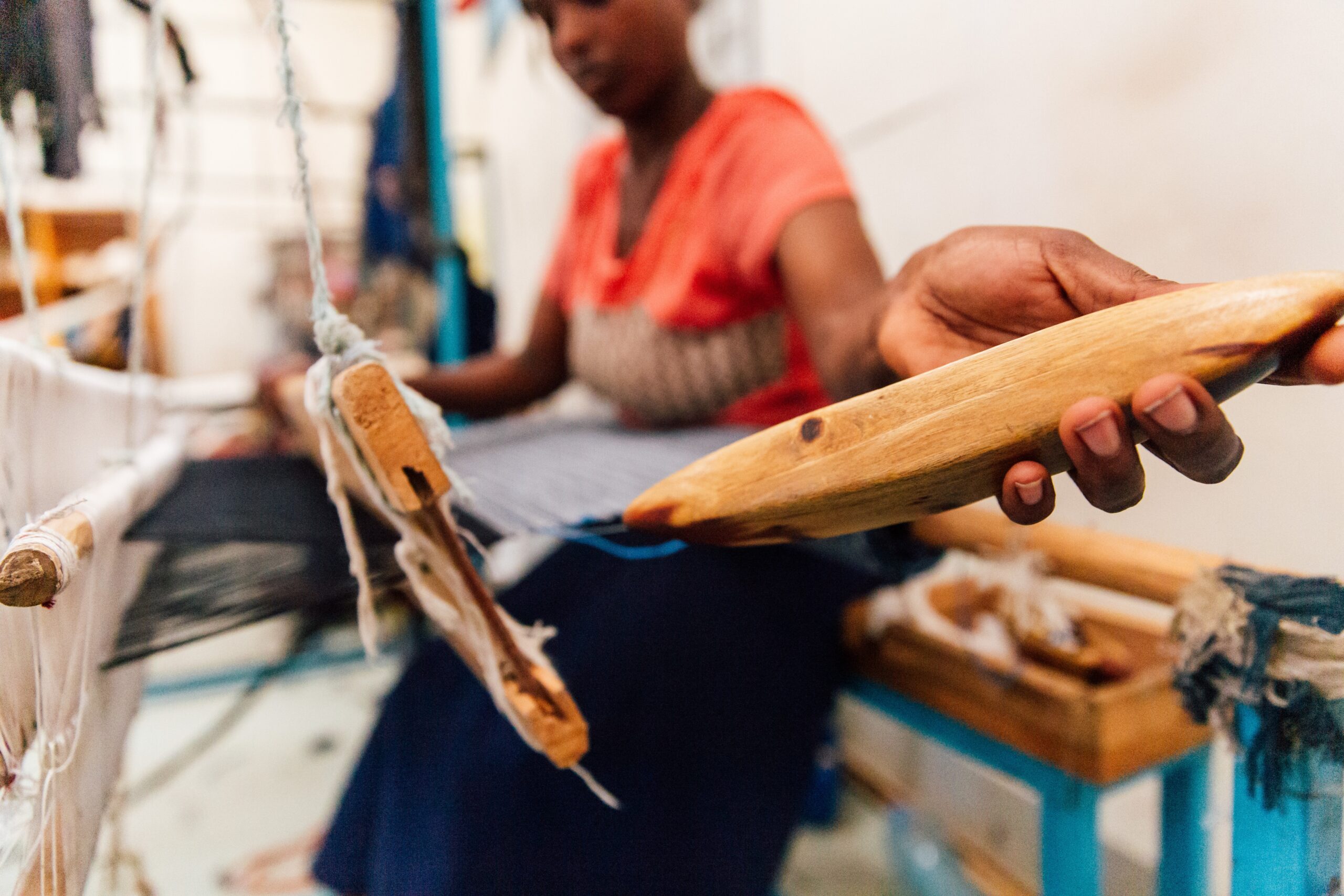‘I want every girl to know that her voice can change the world’
Malala Yousafzai

Of the forty million garment workers, around eighty to eighty-five per cent is female. This leads to an increase in social risks in the apparel industry, as women are most vulnerable to harassment, abuse and discrimination. Human rights are easily violated due to a lack of audit control, trust and unfortunate contracting. In Bangladesh, sixty eight per cent of female garment workers reported in one survey that they had experienced verbal harassment, including being asked for sex. Going on, in Indonesia, more than eighty per cent of female employees stated that they were concerned about sexual harassment, in comparison to China, where this number is equal to twenty per cent. Serious situations like these often go unreported, because of fear of job loss, or further harassment. Even though India, Pakistan and Bangladesh have passed certain laws on these matters, it still won’t be enough to stop harassment and abuse entirely. Laws are not always enforced by workplaces, which leave women still in an unprotected position.
Unfortunately, discrimination continues without further notice, whether its in the form of wages, workplace harassment, lack of appropriate facilities for women and failure to protect the rights of pregnant women, or those seeking flexible working on return to work. According to a study of the International Labour Organisation, in eight out of the nine Asia-Pacific countries, women were paid less than men in the garment, textile and footwear industries. When a woman works on a flexible labour contract, or even without a contract, she misses out on entitlements, the provision of social protection instruments and prospects for promotion. Factory owners take advantage of women’s unequal position in society, and as a consequence, female garment workers have to face these challenges on a day to day basis, and are not able to escape from this vicious cycle easily. They move in and out of poverty, as they constantly face the threat of eviction, job loss or a marginal loss in income.
Besides unfair treatment of women, child labour remains a huge issue globally. It is estimated that 170 million children are trapped in child labour, including those in the fashion and textile industry. Child labour is most likely to be detected in the agricultural stages of a supply chain. Picking seed cotton, being exposed to cotton dust or other dangerous chemicals, heavily affects their present wellbeing and their chances for personal growth and development. According to the US Department of Labor, in fifty-one countries of the world children are trapped in child labour in at least one part of the cotton, garment and jewellery supply chains. The exploitation of children and women are serious problems, and if we want to change their situations, we need to address the matters at anyplace at any time. Awareness, better choices and togetherness are key to improving lives.

